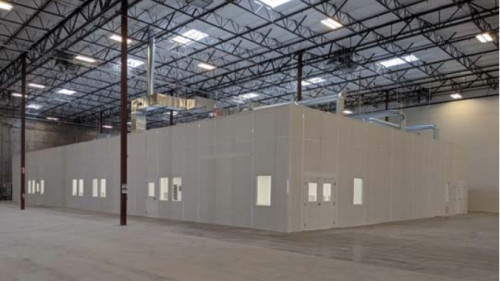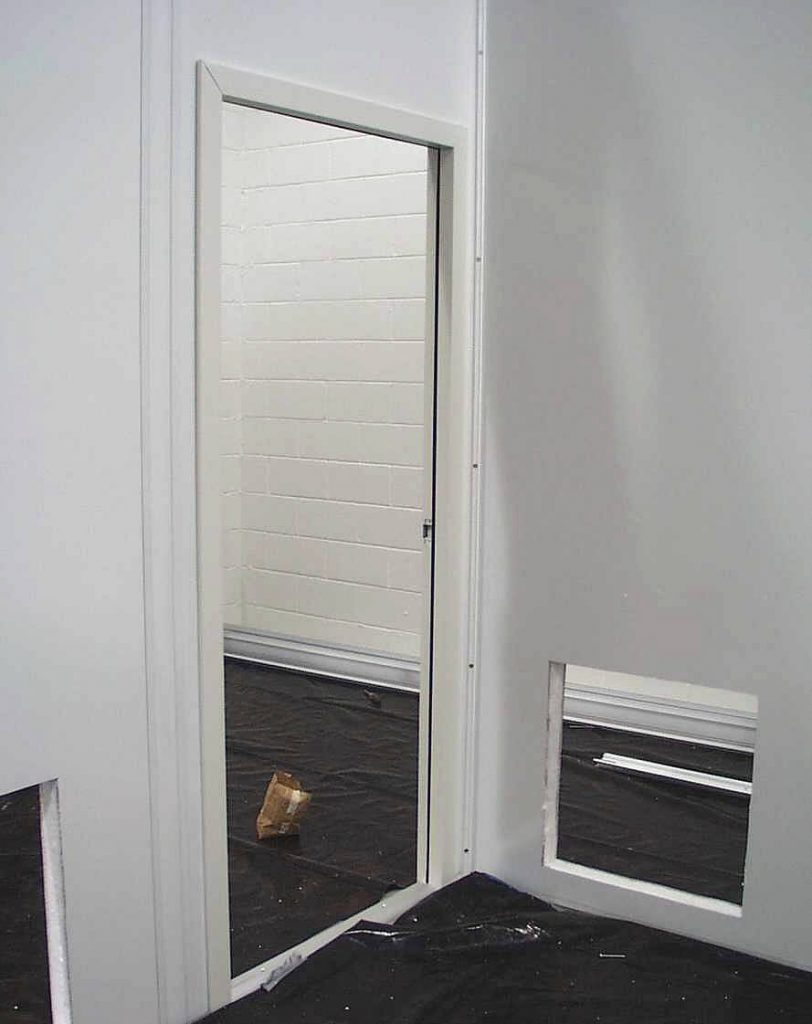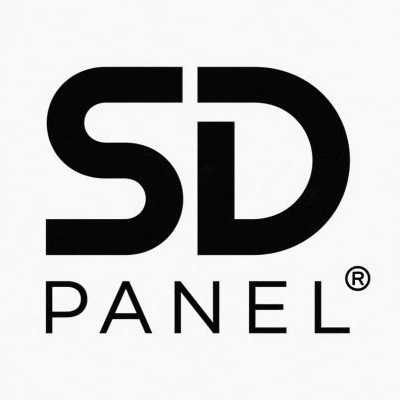What is Modular Cleanroom Construction

Modular cleanroom construction is rapidly evolving and becoming a significant trend in the cleanroom industry. The scalability, cost-effectiveness, relocatability ,and maintenance advantages of modular cleanrooms have led to widespread adoption in various sectors such as pharmaceuticals, biotechnology, and electronics manufacturing.
Definition of modular cleanroom
Modular cleanroom construction is a modern method of building controlled environments (cleanrooms) using prefabricated, standardized components manufactured off-site in a controlled factory setting. These components are then shipped to the final location and assembled like building blocks. This approach contrasts sharply with traditional “stick-built” cleanrooms constructed entirely on-site from raw materials.
Advantages of modular cleanrooms
A modular cleanroom is a self-contained, controlled environment that offers additional advantages over traditional cleanrooms.
Scalability:
Modular cleanrooms can be easily expanded or contracted by adding or removing modules to accommodate changing business needs. The internal layout can be changed relatively easily by moving non-load-bearing walls or panels.
Relocation:
Modular cleanrooms can usually be disassembled and rebuilt at a new location, thus reducing reinvestment and responding to changing market demands. This flexibility will give companies an invincible position in market competition.
Speed & Reduced Construction time
Modular cleanrooms can be built much faster, Factory fabrication happens concurrently with site preparation. minimizing disruption to existing operations and speeding time-to-market. As the modules are manufactured in the factory, on-site assembly is significantly faster.
Cost-Effectiveness:
Reduced on-site labor time, less material waste in the factory, predictable pricing, and minimized operational downtime contribute to lower overall project costs. Additionally, the use of lightweight materials reduces structural loads and infrastructure investments.
Prefab Components of modular cleanroom
Wall & Ceiling Panels: Pre-engineered panels (often sandwich panels with insulated cores like PU, PIR, rock wool, or aluminum honeycomb) with smooth, cleanable surfaces (stainless steel, painted steel, vinyl). They come with pre-cut openings for doors, windows, pass-throughs, and utility connections.
Structural Framing: cleanroom and end sections are code gauge die-formed, cold-rolled steel. All holes are closed with silicone gasketing. Door frame is formed of extruded aluminum regressed rails mitered at the corners and assembled together by threading screws.
Flooring: Raised access floor systems or monolithic (seamless) flooring installed on-site but designed for modular integration.

HVAC Modules: Pre-assembled cleanroom air handling units (AHUs), fan filter units (FFUs), or ductwork sections.
Doors, Windows, Pass-Throughs: Pre-assembled and tested.

Integrated Utility Chases: Panels often have built-in cavities or raceways for routing electrical wiring, data cables, plumbing, and HVAC ducts, simplifying installation and improving aesthetics.
Modular cleanroom construction is rapidly evolving and becoming a significant trend in the cleanroom industry. The scalability, cost-effectiveness, relocatability, and maintenance advantages of modular cleanrooms have led to widespread adoption in various sectors such as pharmaceuticals, biotechnology, and electronics manufacturing. It’s the preferred approach for most modern cleanroom projects where speed, flexibility, and predictability are critical.
